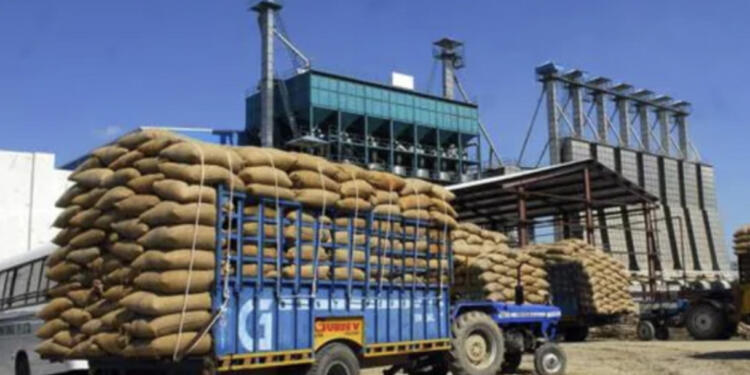While the various sectors, right from manufacturing to tourism and hospitality witnessed a dramatic decrease in growth due to the lockdown, India performed relatively well on the grounds of economy, all thanks to above-average performance in the agriculture sector. Depicting its prominence in India’s growth, the agricultural sector has once again become the reason for the nation’s pride. In a recent development, India has surpassed Brazil to become the number one food supplier to the League of Arab States.
India ousts Brazil in food exports to Arab
In what can be seen as a stupendous achievement for India, the nation outset Brazil in food exports to Arab nations for the first time in 15 years despite the COVID-19 pandemic disrupting imports–exports in 2020, as per the data provided by the Arab-Brazil Chamber of Commerce.
As per the data, “Brazil accounted for 8.15% of the total agribusiness products imported by the 22 League members last year, whereas India captured 8.25% of that trade, ending Brazil’s 15-year advantage.”
India beats Brazil despite the latter’s remaining competitive “from the farm gate in.” Another setback for Brazil is that its shipments to Saudi Arabia that earlier used to take 30 days could be increased up to 60 days. On the contrary, India’s geographic advantages can help it to ship fruits, vegetables, sugar, grains, and meat in very short intervals, that is, a week.
India’s mammoth jump in agriculture exports
Earlier as reported by TFI, during the first five months of the current fiscal year, exports of 37 agriculture and processed products increased by 22% to $7.9 billion on a year-to-year basis. The rise in exports is mainly attributed to the rise in demands for rice, other cereals (Jowar (Sorghum), Bajra (Pearl Millet), Maize, Ragi (Finger Millet), etc), meat, dairy, and poultry products.
While India’s rice exports grew to $3.8 billion from $3.3 billion, marking a rise of 13.7%, exports of fresh fruits and vegetables saw a growth of 6.1%. In addition to that, processed food exports brought in $889 million – a 41.9% increase from $627 million last year. The most staggering rise of 142.1% was registered in the export of other cereals. The export of other cereals increased to $379 million from $157 million last year.
Read more: India has emerged as a mammoth Agri-export economy
Trade negotiations between India and UAE
India’s ties with the Arab world and Gulf countries have grown tremendously under the leadership of Prime Minister Modi, to the extent that countries like Saudi Arabia and UAE, which not until very long ago were the godfathers of Pakistan, are today forcing their hand to maintain peace with India.
Earlier as reported by TFI, India and the United Arab Emirates (UAE) had set an “aggressive and ambitious” time frame with a motive to complete a comprehensive trade negotiation by December 2021. It is speculated that both will sign a formal free trade agreement in early 2022 to achieve over $115 billion bilateral trade in five years.
Both have been the biggest trade allies of each other, with India exporting seafood, textiles, engineering, machinery products, food materials such as cereals, sugar and tea etcetera and importing petroleum and petroleum products, precious metals, stones, gems and jewellery etcetera. India imported $10.9 billion of crude oil from the UAE in 2019-2020.
Now, that India has ousted Brazil in becoming the number one food supplier of the Arab Nations’, it will be a sureshot leverage for us.































